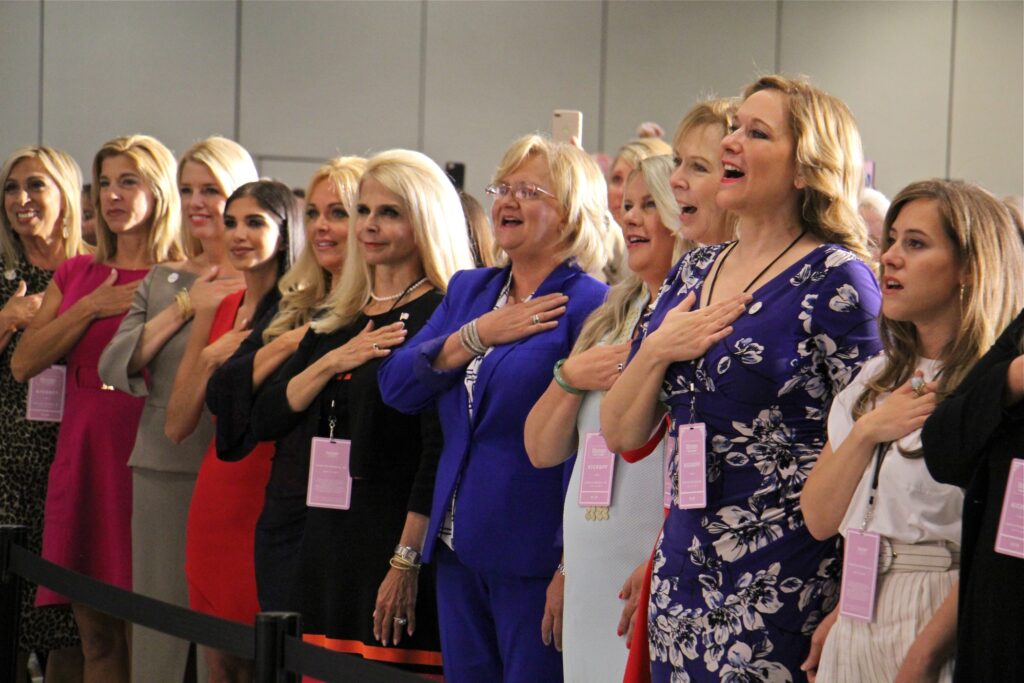
Wearable artwork of Prime Minister Julia Gillard’s most famous quote “I will not be lectured about sexism and misogyny by this man”, contained in the Misogyny Speech, the parliamentary speech delivered by Gillard on 9 October 2012 in reaction to sexism from the Leader of the Opposition, Tony Abbott.
T-shirts, coffee mugs, bags, stickers, pillows, and a wide range of other paraphernalia. Full details available from the Red Bubble website: https://www.redbubble.com/shop/ap/61422318
The Misogyny Speech: Julia Gillard
“Thank you very much Deputy Speaker and I rise to oppose the motion moved by the Leader of the Opposition. And in so doing I say to the Leader of the Opposition I will not be lectured about sexism and misogyny by this man. I will not. And the Government will not be lectured about sexism and misogyny by this man. Not now, not ever.
The Leader of the Opposition says that people who hold sexist views and who are misogynists are not appropriate for high office. Well I hope the Leader of the Opposition has got a piece of paper and he is writing out his resignation. Because if he wants to know what misogyny looks like in modern Australia, he doesn’t need a motion in the House of Representatives, he needs a mirror. That’s what he needs.
Let’s go through the Opposition Leader’s repulsive double standards, repulsive double standards when it comes to misogyny and sexism. We are now supposed to take seriously that the Leader of the Opposition is offended by Mr Slipper’s text messages, when this is the Leader of the Opposition who has said, and this was when he was a minister under the last government – not when he was a student, not when he was in high school – when he was a minister under the last government.
He has said, and I quote, in a discussion about women being under-represented in institutions of power in Australia, the interviewer was a man called Stavros. The Leader of the Opposition says “If it’s true, Stavros, that men have more power generally speaking than women, is that a bad thing?”
And then a discussion ensues, and another person says “I want my daughter to have as much opportunity as my son.” To which the Leader of the Opposition says “Yeah, I completely agree, but what if men are by physiology or temperament, more adapted to exercise authority or to issue command?”
Then ensues another discussion about women’s role in modern society, and the other person participating in the discussion says “I think it’s very hard to deny that there is an underrepresentation of women,” to which the Leader of the Opposition says, “But now, there’s an assumption that this is a bad thing.”
This is the man from whom we’re supposed to take lectures about sexism. And then of course it goes on. I was very offended personally when the Leader of the Opposition, as Minister of Health, said, and I quote, “Abortion is the easy way out.” I was very personally offended by those comments. You said that in March 2004, I suggest you check the records.
I was also very offended on behalf of the women of Australia when in the course of this carbon pricing campaign, the Leader of the Opposition said “What the housewives of Australia need to understand as they do the ironing…” Thank you for that painting of women’s roles in modern Australia.
And then of course, I was offended too by the sexism, by the misogyny of the Leader of the Opposition catcalling across this table at me as I sit here as Prime Minister, “If the Prime Minister wants to, politically speaking, make an honest woman of herself…”, something that would never have been said to any man sitting in this chair. I was offended when the Leader of the Opposition went outside in the front of Parliament and stood next to a sign that said “Ditch the witch.”
I was offended when the Leader of the Opposition stood next to a sign that described me as a man’s bitch. I was offended by those things. Misogyny, sexism, every day from this Leader of the Opposition. Every day in every way, across the time the Leader of the Opposition has sat in that chair and I’ve sat in this chair, that is all we have heard from him.
And now, the Leader of the Opposition wants to be taken seriously, apparently he’s woken up after this track record and all of these statements, and he’s woken up and he’s gone “Oh dear, there’s this thing called sexism, oh my lords, there’s this thing called misogyny. Now who’s one of them? Oh, the Speaker must be because that suits my political purpose.”
Doesn’t turn a hair about any of his past statements, doesn’t walk into this Parliament and apologise to the women of Australia. Doesn’t walk into this Parliament and apologise to me for the things that have come out of his mouth. But now seeks to use this as a battering ram against someone else.
Well this kind of hypocrisy must not be tolerated, which is why this motion from the Leader of the Opposition should not be taken seriously.
And then second, the Leader of the Opposition is always wonderful about walking into this Parliament and giving me and others a lecture about what they should take responsibility for.
Always wonderful about that – everything that I should take responsibility for, now apparently including the text messages of the Member for Fisher. Always keen to say how others should assume responsibility, particularly me.
Well can anybody remind me if the Leader of the Opposition has taken any responsibility for the conduct of the Sydney Young Liberals and the attendance at this event of members of his frontbench?
Has he taken any responsibility for the conduct of members of his political party and members of his frontbench who apparently when the most vile things were being said about my family, raised no voice of objection? Nobody walked out of the room; no-one walked up to Mr Jones and said that this was not acceptable.
Instead of course, it was all viewed as good fun until it was run in a Sunday newspaper and then the Leader of the Opposition and others started ducking for cover.
Big on lectures of responsibility, very light on accepting responsibility himself for the vile conduct of members of his political party.
Third, Deputy Speaker, why the Leader of the Opposition should not be taken seriously on this motion.
The Leader of the Opposition and the Deputy Leader of the Opposition have come into this place and have talked about the Member for Fisher. Well, let me remind the Opposition and the Leader of the opposition party about their track record and association with the Member for Fisher.
I remind them that the National Party preselected the Member for Fisher for the 1984 election, that the National Party preselected the Member for Fisher for the 1987 election, that the Liberals preselected Mr Slipper for the 1993 election, then the 1996 election, then the 1998 election, then for the 2001 election, then for the 2004 election, then for the 2007 election and then for the 2010 election.
And across these elections, Mr Slipper enjoyed the personal support of the Leader of the Opposition. I remind the Leader of the Opposition that on 28 September 2010, following the last election campaign, when Mr Slipper was elected as Deputy Speaker, the Leader of the Opposition at that stage said this, and I quote.
He referred to the Member for Maranoa, who was also elected to a position at the same time, and then went on as follows: “And the Member for Fisher will serve as a fine complement to the Member for Scullin in the chair. I believe that the Parliament will be well-served by the team which will occupy the chair in this chamber. I congratulate the Member for Fisher, who has been a friend of mine for a very long time, who has served this Parliament in many capacities with distinction.”
The words of the Leader of the Opposition on record, about his personal friendship with Mr [Slipper], and on record about his view about Mr Slipper’s qualities and attributes to be the Speaker.
No walking away from those words, they were the statement of the Leader of the Opposition then. I remind the Leader of the Opposition, who now comes in here and speaks about apparently his inability to work with or talk to Mr Slipper. I remind the Leader of the Opposition he attended Mr Slipper’s wedding.
Did he walk up to Mr Slipper in the middle of the service and say he was disgusted to be there? Was that the attitude he took? No, he attended that wedding as a friend.
The Leader of the Opposition keen to lecture others about what they ought to know or did know about Mr Slipper. Well with respect, I’d say to the Leader of the Opposition after a long personal association including attending Mr Slipper’s wedding, it would be interesting to know whether the Leader of the Opposition was surprised by these text messages.
He’s certainly in a position to speak more intimately about Mr Slipper than I am, and many other people in this Parliament, given this long personal association.
Then of course the Leader of the Opposition comes into this place and says, and I quote, “Every day the Prime Minister stands in this Parliament to defend this Speaker will be another day of shame for this Parliament, another day of shame for a government which should already have died of shame.”
Well can I indicate to the Leader of the Opposition the Government is not dying of shame, my father did not die of shame, what the Leader of the Opposition should be ashamed of is his performance in this Parliament and the sexism he brings with it. Now about the text messages that are on the public record or reported in the – that’s a direct quote from the Leader of the Opposition so I suggest those groaning have a word with him.
On the conduct of Mr Slipper, and on the text messages that are in the public domain, I have seen the press reports of those text messages. I am offended by their content. I am offended by their content because I am always offended by sexism. I am offended by their content because I am always offended by statements that are anti-women.
I am offended by those things in the same way that I have been offended by things that the Leader of the Opposition has said, and no doubt will continue to say in the future. Because if this today was an exhibition of his new feminine side, well I don’t think we’ve got much to look forward to in terms of changed conduct.
I am offended by those text messages. But I also believe, in terms of this Parliament making a decision about the speakership, that this Parliament should recognise that there is a court case in progress. That the judge has reserved his decision, that having waited for a number of months for the legal matters surrounding Mr Slipper to come to a conclusion, that this Parliament should see that conclusion.
I believe that is the appropriate path forward, and that people will then have an opportunity to make up their minds with the fullest information available to them.
But whenever people make up their minds about those questions, what I won’t stand for, what I will never stand for is the Leader of the Opposition coming into this place and peddling a double standard. Peddling a standard for Mr Slipper he would not set for himself. Peddling a standard for Mr Slipper he has not set for other members of his frontbench.
Peddling a standard for Mr Slipper that has not been acquitted by the people who have been sent out to say the vilest and most revolting things like his former Shadow Parliamentary Secretary Senator Bernardi.
I will not ever see the Leader of the Opposition seek to impose his double standard on this Parliament. Sexism should always be unacceptable. We should conduct ourselves as it should always be unacceptable. The Leader of the Opposition says do something; well he could do something himself if he wants to deal with sexism in this Parliament.
He could change his behaviour, he could apologise for all his past statements, he could apologise for standing next to signs describing me as a witch and a bitch, terminology that is now objected to by the frontbench of the Opposition.
He could change a standard himself if he sought to do so. But we will see none of that from the Leader of the Opposition because on these questions he is incapable of change. Capable of double standards, but incapable of change. His double standards should not rule this Parliament.
Good sense, common sense, proper process is what should rule this Parliament. That’s what I believe is the path forward for this Parliament, not the kind of double standards and political game-playing imposed by the Leader of the Opposition now looking at his watch because apparently a woman’s spoken too long.
I’ve had him yell at me to shut up in the past, but I will take the remaining seconds of my speaking time to say to the Leader of the Opposition I think the best course for him is to reflect on the standards he’s exhibited in public life, on the responsibility he should take for his public statements; on his close personal connection with Peter Slipper, on the hypocrisy he has displayed in this House today.
And on that basis, because of the Leader of the Opposition’s motivations, this Parliament today should reject this motion and the Leader of the Opposition should think seriously about the role of women in public life and in Australian society because we are entitled to a better standard than this.”
The post I will not be lectured about sexism and misogyny by this man appeared first on New Politics.
This post was originally published on New Politics.




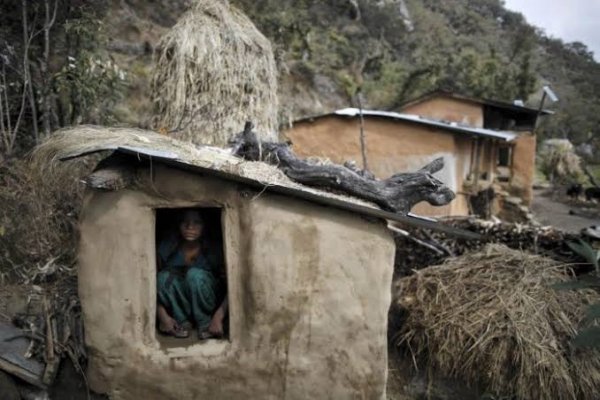

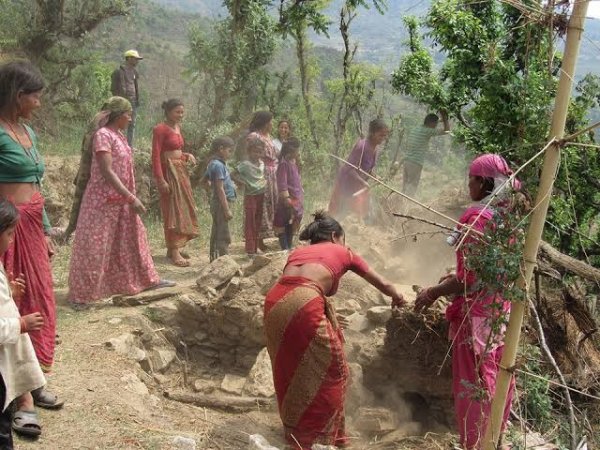
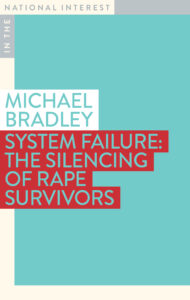
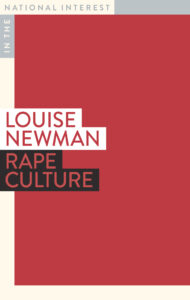

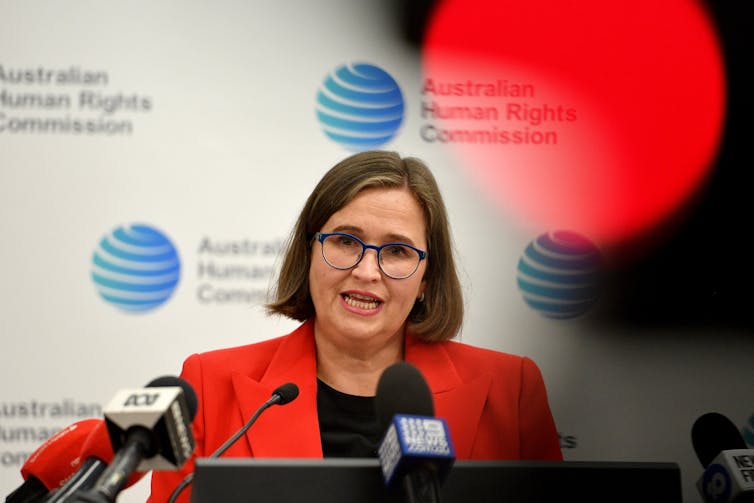
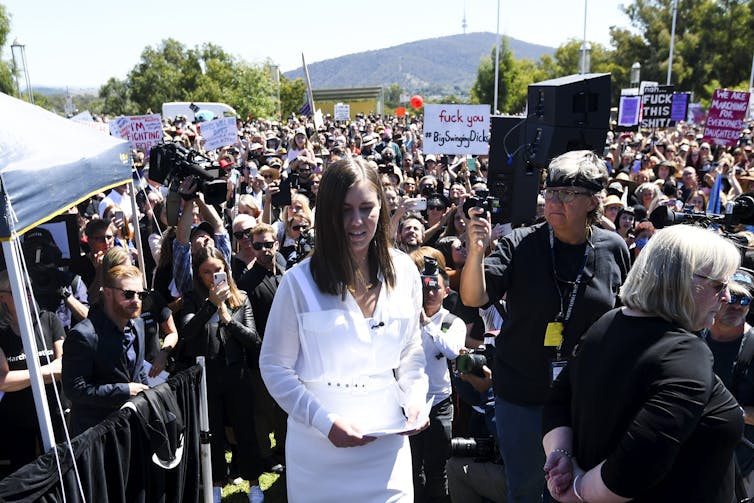

 (@inelliegant)
(@inelliegant) 


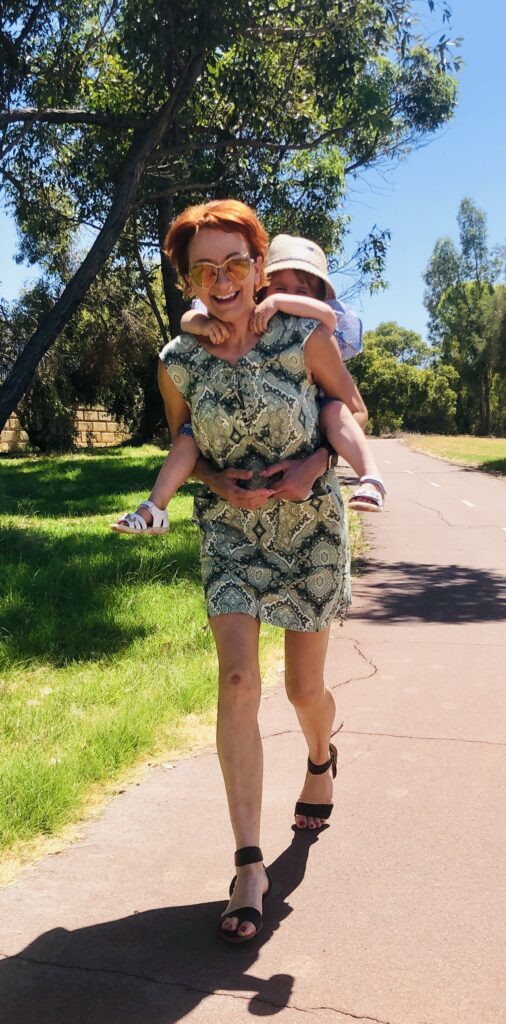

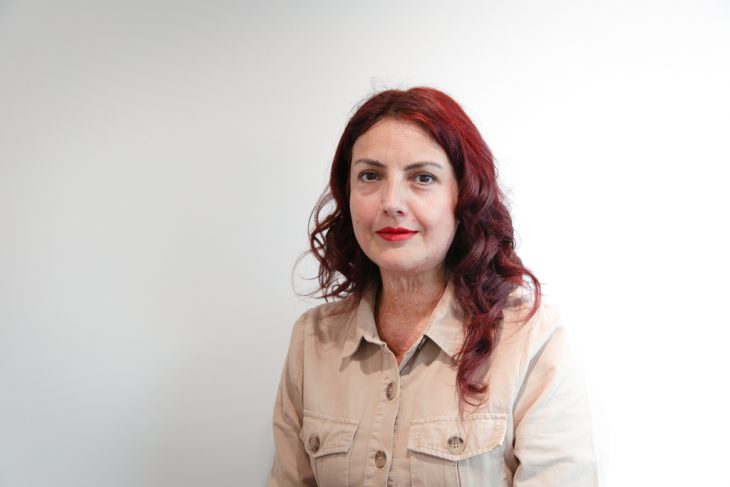


 What did we do?
What did we do?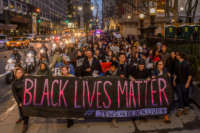



 (@_MMaritima)
(@_MMaritima) 
